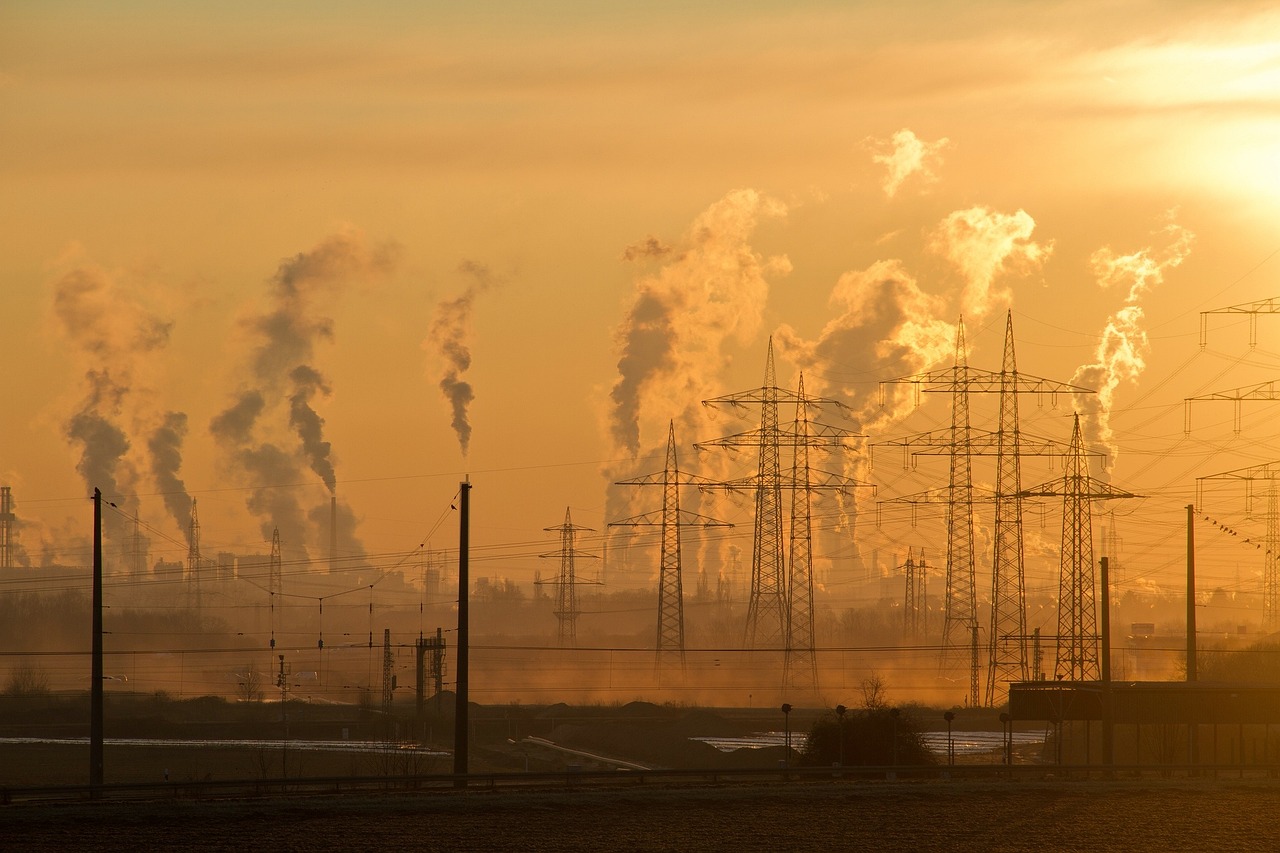4.2 million people are dying annually from harmful particles entering their lungs from the air. Air pollution is the culprit behind this. It can cause lung cancer, COPD, cardiovascular disease, preterm delivery and many other conditions. On a global scale, 1 in 9 deaths are caused by long-term exposure to polluted air. Due to this, governments have to take action and place laws that prevent air pollution. Limitations can include stopping big factories from operating to enforcing laws on carbon emissions; forest fires are also a cause of air pollution, but it’s not as significant when compared to man-made emissions.
Global Pollution
A third of the world’s countries do not have any laws mandated to prevent excessive air pollution. Many of these countries, however, have high levels of air pollution which can eventually lead to health problems. Though around 2/3 of the world’s countries have air quality standards/laws, only 7 meet the standards of the WHO guidelines for PM2.5. Those countries are Australia, Estonia, Finland, Grenada, Iceland, Mauritius, and New Zealand. In Australia, for example, the National Clean Air Act was established on December 15th, 2015 by environmental ministers to control any issues related to air pollution. This law is revisited and updated every 2 years.
The countries which do not have any law or standard for air quality have some of the worst conditions in the world. Ranked at the bottom include Bangladesh, Pakistan, India, Tajikistan, and Burkina Faso. The cities with the worst air quality include New Delhi, India; Dhaka, Bangladesh; Ouagadougou, Burkina Faso; and many more. In Dhaka, the air quality index stands at 251, or very severe. Around 2,500 people have already died in 2024 due to the air quality in Dhaka. The people living in Dhaka are experiencing problems like breathing difficulties, lower respiratory tracts issues, and more. The main cause of the extreme conditions include factories, brick kilns, surface dust and sand, and vehicle emissions.
Future Legislation
In order to reverse the current pollution levels, bans on brick kilns, construction, and vehicle transportation would help improve the situation. In 2019, plans for the Clean Air Act were initiated but as of this publication they still haven’t been implemented. If the law was passed, Dhaka would experience many positive changes. By 2025, Dhaka is also attempting to replace all conventional bricks with concrete blocks. This would make a big difference, due to the fact that conventional bricks are made in brick kilns which release nitrogen dioxide, which is considered the world’s second deadliest pollutant. These small changes can make a big difference and potentially save many lives.
If every country and city can enforce laws that prevent carbon emissions, greenhouse gases, and PM2.5 from being released, people can overcome the challenges caused by air pollution. People can further improve air quality by cutting down the usage of cars. This could be done by more carpooling, a higher usage of public transportation, and by walking or biking. Change doesn’t only have to come from higher authorities; a small lifestyle change can help by a lot. If every person made an effort to go green and reduce emissions, air pollution could become a very small issue.
Image Credit: SD-Pictures
Sources:
Department of Climate Change, Energy, the Environment and Water. “National Clean Air Agreement – DCCEEW.” Dcceew.gov.au, www.dcceew.gov.au/environment/protection/air-quality/national-clean-air-agreement. Accessed 28 March 2024.
“One in Three Countries in the World Lack Any Legally Mandated Standards for Outdoor Air Quality.” UN Environment, 2 Sept. 2021, www.unep.org/news-and-stories/press-release/one-three-countries-world-lack-any-legally-mandated-standards. Accessed 28 March 2024.
“Only Seven Countries Meet WHO Air Quality Standard, Report Finds.” The Irish Times, 19 Mar. 2024, www.irishtimes.com/environment/2024/03/19/only-seven-countries-meet-who-air-quality-standard-report-finds/. Accessed 28 March 2024.
Roser, Max. “Data Review: How Many People Die from Air Pollution?” Our World in Data, 25 Nov. 2021, ourworldindata.org/data-review-air-pollution-deaths. Accessed 28 March 2024.
US EPA. “Summary of the Clean Water Act.” United States Environmental Protection Agency, 12 June 2024, www.epa.gov/laws-regulations/summary-clean-water-act. Accessed 28 March 2024.
US EPA,OW. “Clean Water Laws, Regulations, and Executive Orders Related to Section 404 | US EPA.” US EPA, www.epa.gov/cwa-404/clean-water-laws-regulations-and-executive-orders-related-section-404. Accessed 28 March 2024.
World Health Organization: WHO. “Air Pollution.” Who.int, World Health Organization: WHO, www.who.int/health-topics/air-pollution#tab=tab_3. Accessed 28 March 2024.

